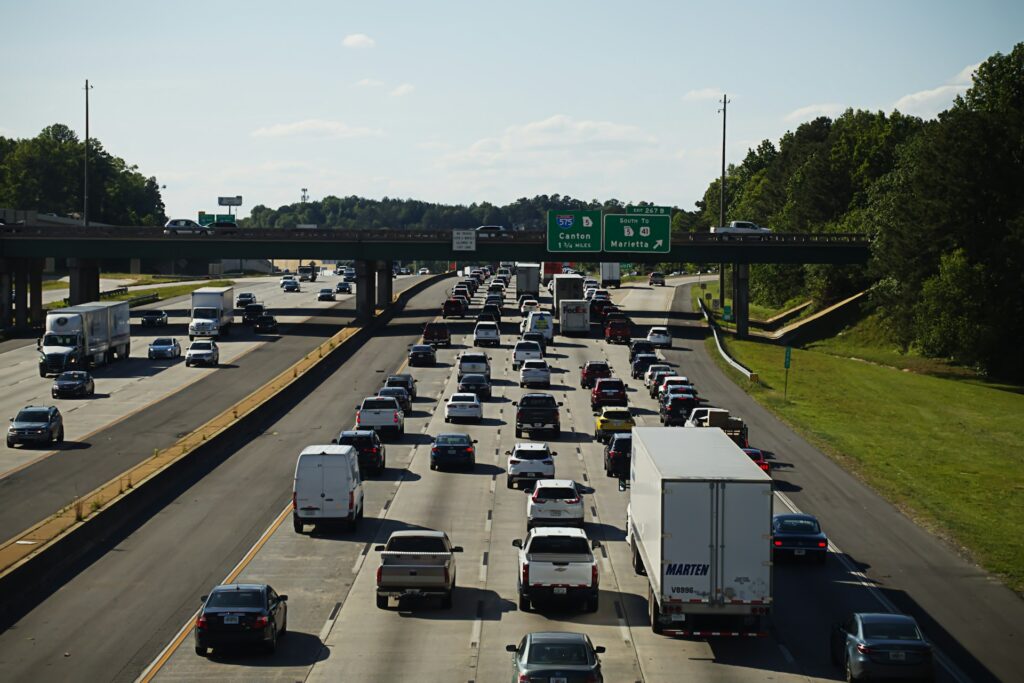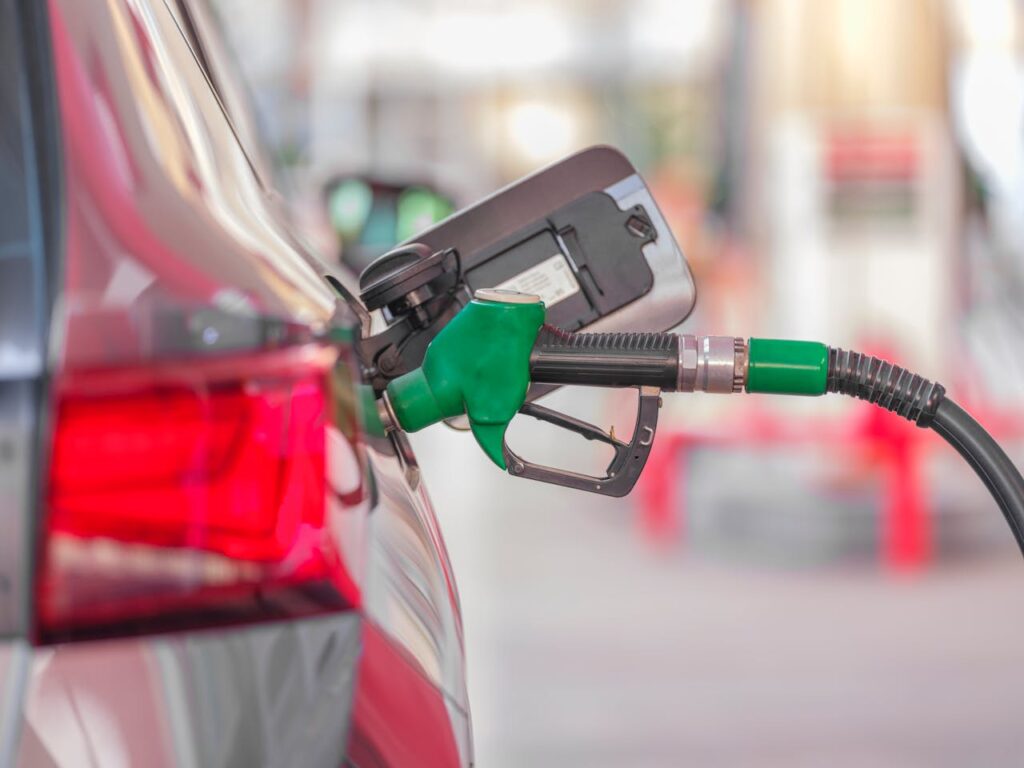Several U.S. states are moving quickly to reduce reliance on gasoline-powered cars. Washington has committed to a complete phase-out of new gas car sales by 2030. Six other states have adopted California’s Advanced Clean Cars II (ACC II) regulation, which imposes steep zero-emission vehicle sales requirements starting in 2026. These combined actions represent the most aggressive state-level push toward cleaner transportation in the nation.
Washington Leads with a 2030 Phase-Out Target

Washington has the most ambitious timeline in the country. Lawmakers first proposed the 2030 phase-out several years ago. Although the original version of the bill faced a veto, the legislature passed new legislation in 2022 that reinstated the goal. The law directs that all new light-duty vehicles sold in the state must be electric or zero-emission by 2030. This deadline falls within five years, making Washington the only state with a complete transition in that timeframe. It will require a rapid expansion of charging infrastructure, aggressive manufacturer compliance, and strong consumer adoption.
California’s Aggressive Zero-Emission Ramp-Up

California’s Advanced Clean Cars II rule sets the pace for many other states. Starting with model year 2026, 35 percent of all new cars sold must be zero-emission vehicles. That share increases to 68 percent by 2030, and the policy requires 100 percent zero-emission new car sales by 2035. Governor Gavin Newsom’s 2020 executive order supports this schedule and reinforces the commitment. While the complete ban occurs after 2030, the near-term ramp-up is steep and will significantly shift market demand for electric vehicles within the next few years.
Oregon Joins the 2026 Zero-Emission Push

Oregon has adopted the ACC II regulation and will follow California’s sales requirements exactly. The state will see the 35 percent zero-emission target take effect in 2026. This requirement will have a strong influence on dealerships, manufacturers, and consumers. By aligning with California, Oregon gains access to a proven regulatory framework while sending a clear signal to the auto industry that the shift away from gasoline is non-negotiable.
New York Adopts the Same Sales Mandates

New York has also signed onto California’s ACC II plan. In 2026, dealerships in the state will need to ensure that more than one-third of their new vehicle sales are electric or zero-emission models. The state government views this change as a critical tool to meet climate goals and improve air quality, especially in urban areas. New York’s adoption of the rule will add major pressure on automakers to prioritize production of electric models for the East Coast market.
New Jersey Commits to California’s Path

New Jersey has approved the adoption of the ACC II regulation. This means the state will also require 35 percent zero-emission sales starting in 2026. By 2035, only electric or zero-emission vehicles can be sold new. The state’s population density and location in a heavily trafficked region make the reduction in tailpipe emissions a public health priority. New Jersey’s decision ensures the mid-Atlantic region plays an active role in the nationwide transition.
Massachusetts Follows the Same Schedule

Massachusetts has formally aligned with California’s ACC II policy. Residents will begin to see the effects in 2026 when the zero-emission requirement takes hold. The policy is expected to drive significant investment in public charging stations and residential charging solutions. Massachusetts’ adoption of the rule helps create a larger, coordinated market for electric vehicles in the Northeast.
Rhode Island Completes the Seven-State List

Rhode Island is the most recent state to adopt the ACC II regulation. Beginning in 2026, auto dealers will need to meet the 35 percent zero-emission target. Although smaller in size, Rhode Island’s participation increases the collective impact of the policy in New England. Coordinating with Massachusetts and other neighboring states will help streamline infrastructure development and consumer education campaigns.
Summary of Timelines and Goals

| State | Near-Term Target | Full Ban Year | Notable Feature |
|---|---|---|---|
| Washington | 100% ZEV sales by 2030 | 2030 | Earliest complete phase-out in the U.S. |
| California | 35% ZEV by 2026 | 2035 | First state to adopt ACC II |
| Oregon | 35% ZEV by 2026 | 2035 | West Coast alignment with California |
| New York | 35% ZEV by 2026 | 2035 | Major East Coast market |
| New Jersey | 35% ZEV by 2026 | 2035 | Dense population and heavy traffic corridors |
| Massachusetts | 35% ZEV by 2026 | 2035 | New England market leader |
| Rhode Island | 35% ZEV by 2026 | 2035 | Expands policy reach in Northeast |
Why the Next Five Years Are Critical

Only Washington has a complete ban on new gasoline car sales within five years. However, the other six states will require a significant portion of new vehicle sales to be zero-emission by 2026. This aggressive ramp-up will quickly change the composition of dealer lots and consumer buying patterns. Automakers will need to accelerate production of electric models to meet demand. Charging infrastructure will need rapid expansion to support the growing number of electric vehicles on the road. Even before full bans take effect, these interim requirements will transform the auto market and push technology forward.
The Bottom Line

Seven states are taking decisive action to reduce or eliminate gasoline-powered vehicle sales. Washington’s 2030 phase-out sets the earliest deadline, while California, Oregon, New York, New Jersey, Massachusetts, and Rhode Island are committed to an accelerated transition beginning in 2026. These policies will reshape the vehicle market in the next few years and set the stage for broader national adoption of zero-emission transportation. The changes coming before 2030 will be as impactful as the eventual bans themselves, making the next five years a defining period for America’s automotive future.
Read More: 6 Cars Brands That Break Down More Than They Should
Disclaimer: This article was created with AI assistance and edited by a human for accuracy and clarity.

